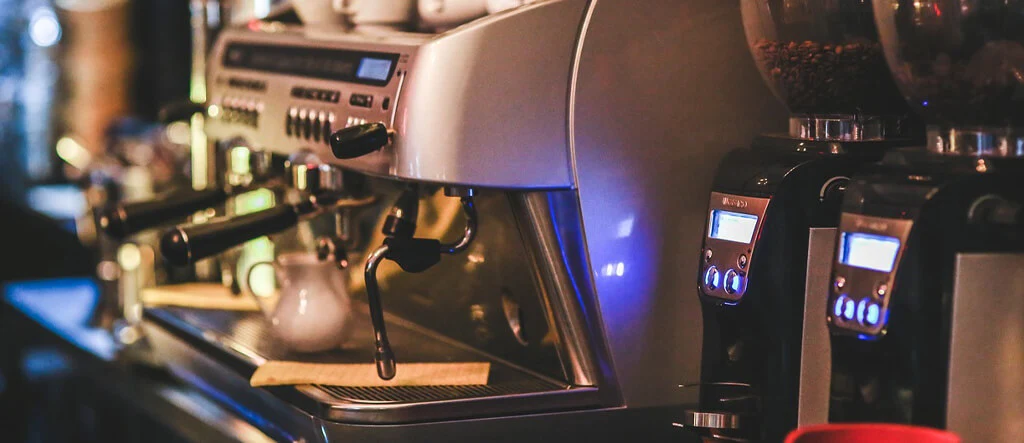Choosing the right espresso machine feels like a big task. Maybe you want to make coffee shop-quality drinks at home. You might be wondering what makes one machine different from another.
One key fact is that espresso machines come in various types, each with unique features.
Our article breaks down these choices into simple terms. We will talk about the different kinds of machines, what to look for, and how they can fit into your life. By knowing more, you can pick the best one for your morning coffee routine.
Types of Espresso Machines
Espresso machines come in different types: Manual, Semi-Automatic, and Super-Automatic with varying levels of control. Each type offers a unique espresso-making experience.
Manual Espresso Machines
Manual espresso machines appeal to those who enjoy a hands-on approach to making coffee. Users control every step of the espresso-making process, from grinding the beans to tamping and pulling the shot.
This type offers a more traditional experience, engaging baristas in the art of coffee making.
The beauty of manual espresso makers lies in their ability to give users complete control over their brew.
These machines require patience and skill but reward you with personalized shots that can rival any cafe’s quality. Ideal for enthusiasts who value precision and customization, they represent a commitment to mastering barista skills at home.

Semi-Automatic Espresso Machines
Semi-automatic espresso machines strike a balance between hands-on brewing and convenience. Users control the grind size, pressure, and extraction time but don’t have to manually pump water.
These machines let coffee enthusiasts tweak their espresso shots for optimal flavor, aroma, and quality. With features like PID temperature control and pre-infusion capabilities, semi-automatics offer precision in crafting the perfect cup.
These devices also come with steam wands for milk frothing, making them ideal for creating cappuccinos or lattes at home. Most models are equipped with a pressure pump system that ensures consistent extraction pressure, vital for achieving crema consistency in your espresso shot
Owning a semi-automatic is like having a barista’s essential tools but with more control over each step of the coffee-making process.
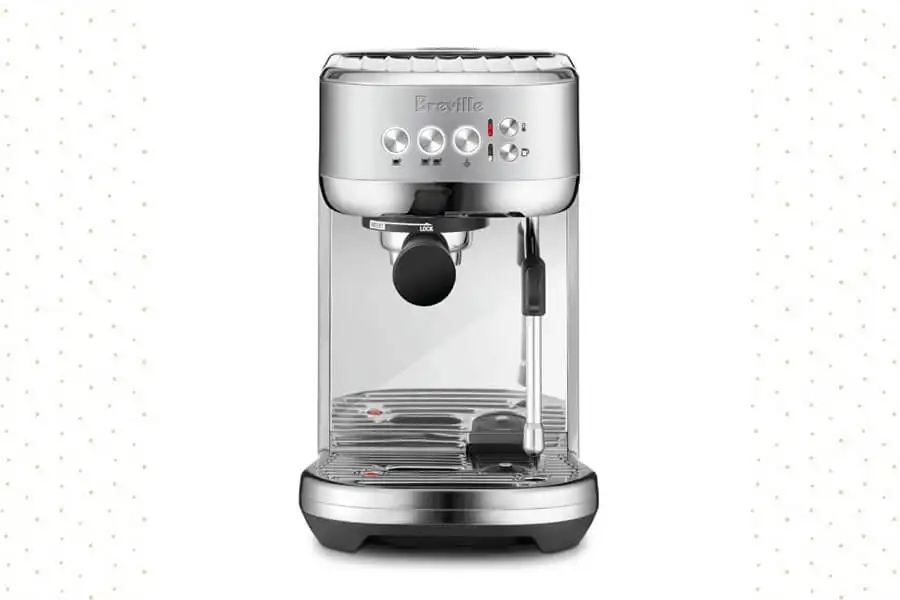
Super-Automatic Espresso Machines
Moving from semi-automatic espresso machines, super-automatic espresso machines offer a higher level of convenience for users. These machines do everything with the push of a button: grinding the beans, tamping, brewing, and even ejecting the used coffee grounds into a waste container.
They are designed for those who value ease over control.
Super-automatic espresso makers come equipped with built-in coffee grinders and milk frothing capabilities. This means you can enjoy your favorite cappuccino or latte without needing separate equipment.
These machines often have digital displays and programmable buttons, allowing you to customize your coffee experience easily. They are ideal choices for people who want their morning coffee quickly without compromising on quality or taste.
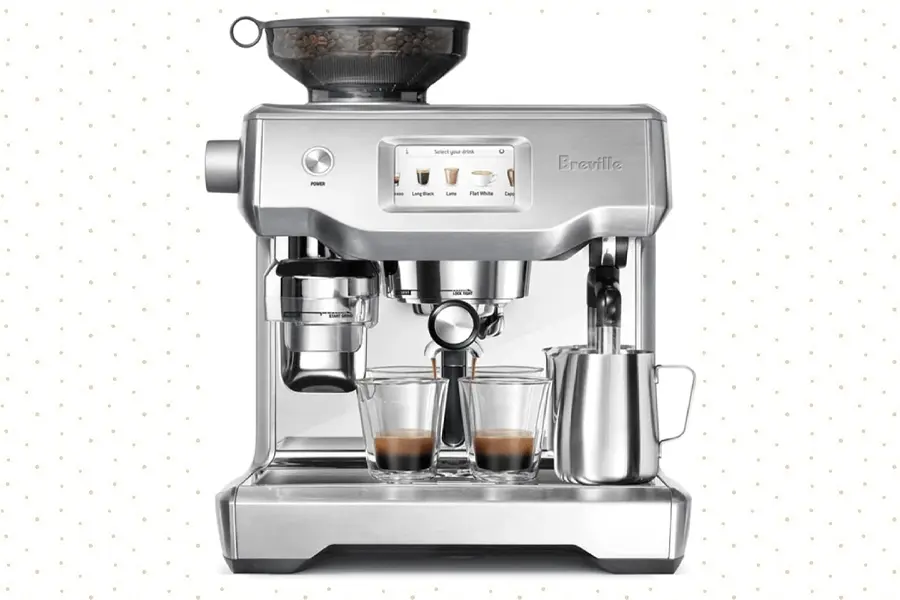
Boiler Configurations
Espresso machines come with various boiler configurations, such as single boilers, dual boilers, and heat exchangers. Each configuration impacts the machine’s performance and efficiency differently.
Single Boilers
Single boilers are a type of espresso machine known for their simplicity and affordability. These machines use one boiler to heat both the water for brewing and steaming milk, making them suitable for beginners.
Single boilers generally have a shorter wait time between brewing and steaming due to their compact design. The trade-off is that you may need to wait for the boiler to reach the appropriate temperature when transitioning from brewing to steaming.
Single boilers provide an affordable entry point into espresso making while offering decent performance.
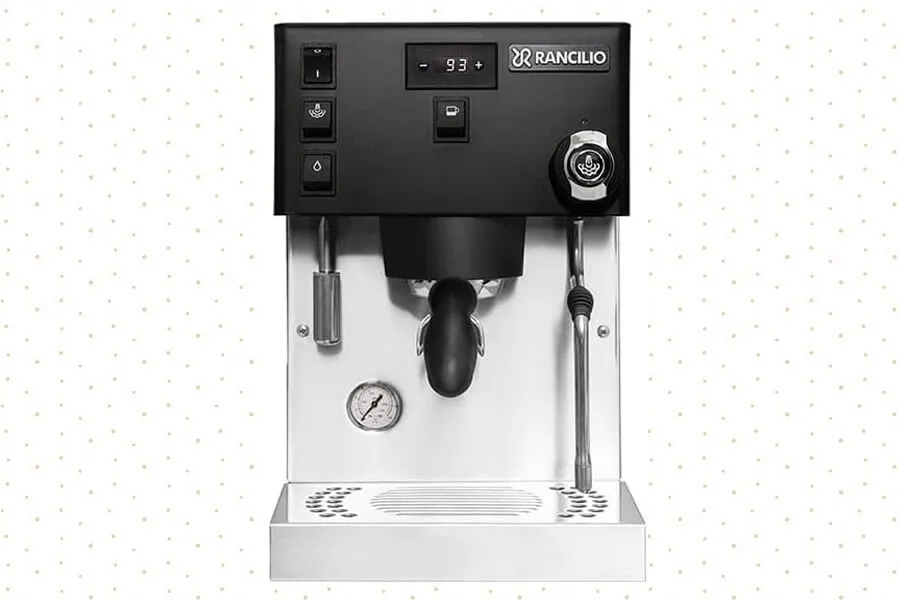
Dual Boilers
Dual boilers are a crucial consideration in an espresso machine. This system offers the capability for simultaneous brewing and steaming, ensuring efficient and accurate control over brew and steam temperatures.
It’s particularly advantageous for crafting specialty drinks, delivering barista-level precision at home.
Furthermore, dual boiler espresso machines feature decreased recovery time between shots, allowing users to pull consecutive shots without compromising temperature or quality. The enhanced control results in better flavor extraction and overall performance, elevating every cup into an exceptional experience.
Heat Exchangers
Heat exchangers are a crucial element in espresso machines. They enable simultaneous brewing and steaming, improving effectiveness. Unlike single boilers, heat exchangers use a single boiler to generate hot water for coffee extraction and steam for frothing milk.
This design saves time and offers consistent performance, making it a popular choice among home baristas seeking convenience without the expense of dual boiler systems. Heat exchange espresso machines are recognized for their ability to swiftly switch between brewing and steaming tasks, providing an enjoyable experience when crafting various drinks.
Heat exchange espresso machines offer quicker turnaround times between shots due to their ability to maintain optimal brewing temperature while producing steam on demand. This functionality allows users to enjoy efficient operation without sacrificing the quality of their beverages.
Moreover, as heat exchangers enable simultaneous actions within the machine, they optimize workflow by expediting the coffee-making process at home or in small cafes.
Key Features to Consider
Consider the importance of PID temperature control, pressure profiling, and pre-infusion capabilities when selecting an espresso machine. For more comprehensive information on this topic, continue reading to make an informed decision on your purchase.
PID Temperature Control
Espresso machines with PID temperature control offer consistent and precise temperature management, ensuring optimal extraction for the perfect cup of espresso. This technology enables the machine to maintain a stable brewing temperature, preventing fluctuations that can affect flavor and quality.
With PID temperature control, users can anticipate improved consistency in their espresso shots, enhancing their overall coffee experience.
Understanding how PID temperature control works is essential when choosing an espresso machine as it directly impacts the flavor and aroma of your coffee. This feature is particularly beneficial for beginners as it eliminates guesswork, providing a reliable brewing process for delicious results every time.
Next up let’s explore “Pressure Profiling and Flow Control” in the realm of home espresso machines.
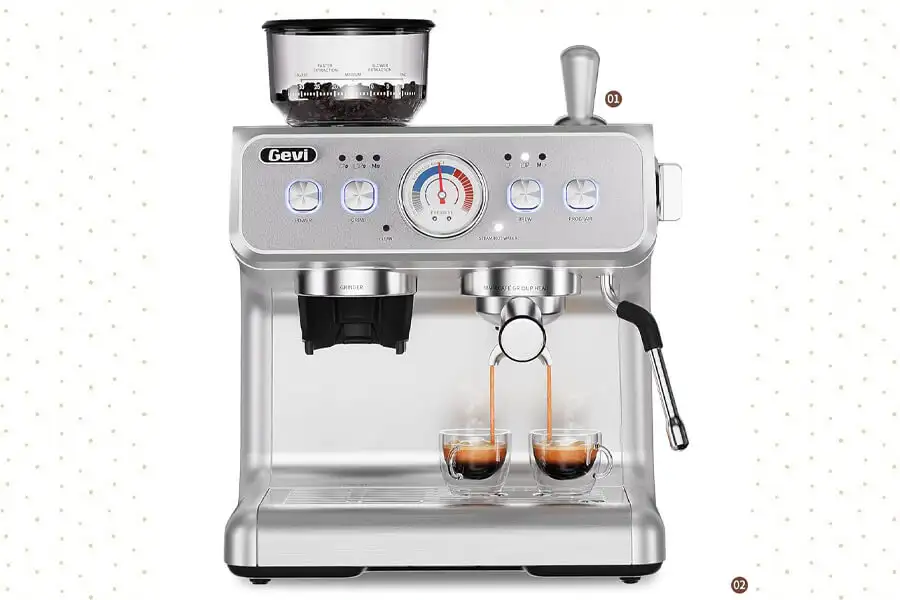
Pressure Profiling and Flow Control
Transitioning from the importance of PID temperature control, pressure profiling and flow control are vital aspects to consider in an espresso machine. Pressure profiling allows for controlling the pressure at which water passes through the coffee grounds during extraction, enabling customization of flavors and aromas.
Flow control regulates the rate at which water flows through the coffee puck, impacting extraction time and consistency. These features contribute significantly to crafting a well-balanced and nuanced shot of espresso.
Understanding pressure profiling lets you tailor extraction by adjusting pressure throughout the process based on your preferred taste profile. Similarly, flow control allows precise regulation when extracting different types of coffee beans with varying roast levels or grind sizes.
Both these elements are pivotal in achieving a consistently high-quality espresso shot with enhanced flavors and crema richness.
Pre-infusion Capabilities
Espresso machines with pre-infusion capabilities moisten the coffee grounds before full extraction, enhancing flavor and aroma. This feature ensures even saturation, resulting in a balanced, flavorful espresso shot.
Pre-infusion helps achieve a more consistent extraction by allowing the coffee to bloom before water pressure increases.
Considering pre-infusion capabilities when choosing an espresso machine is vital for those seeking optimal extraction and a well-rounded espresso experience. Understanding this feature can greatly impact the quality of your brew and overall satisfaction with your chosen espresso machine.
Exploring pre-infusion options will undoubtedly refine your understanding of what’s essential when selecting an ideal espresso maker.
Convenience Features
An espresso machine with built-in coffee grinders allows for freshly ground beans, while milk steaming capabilities provide the versatility to create a range of specialty drinks. Water filtration systems ensure that the quality of water used in brewing is optimal for enhancing the flavor profile of your espresso.
Built-in Coffee Grinders
Espresso machines with built-in coffee grinders are convenient for beginners. The grinder allows users to grind the beans directly before brewing, ensuring maximum freshness and flavor in every cup.
This feature eliminates the need for a separate grinder and simplifies the espresso-making process, making it easier for beginners to achieve consistent results. Furthermore, built-in grinders provide more control over the fineness of the coffee grounds, allowing users to tailor their brew to their preference without additional tools or complications.
The ability to grind on demand ensures that each shot of espresso is as fresh as possible. With this convenience feature, beginners can enjoy an enhanced experience without worrying about grinding coffee separately or compromising on taste due to pre-ground beans losing their freshness over time.
Built-in coffee grinders are advantageous for those seeking simplicity and quality in their home espresso setup.
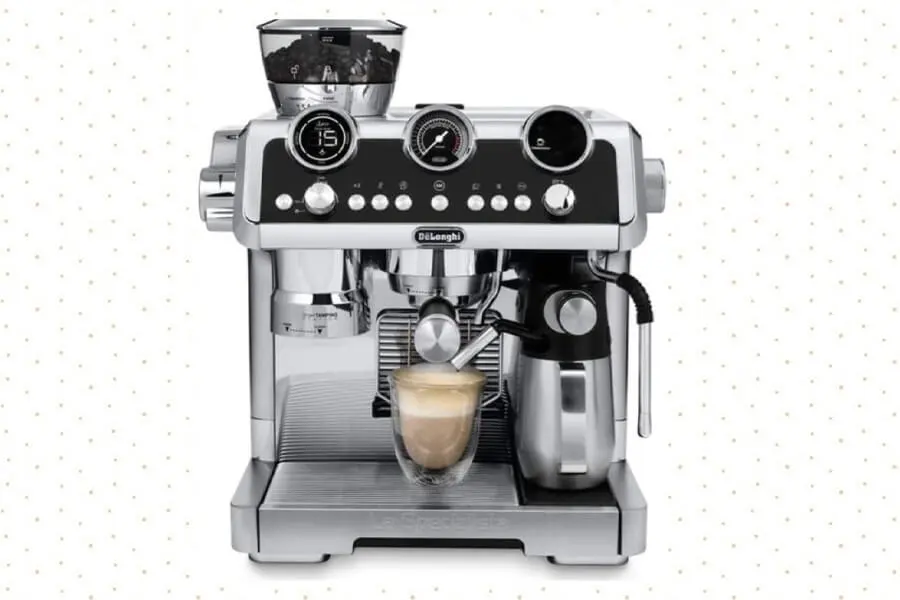
Milk Steaming Capabilities
Espresso machines with milk steaming capabilities are able to froth and steam milk for drinks like lattes and cappuccinos. This feature is essential for those who enjoy creamy, foamy beverages.
Some espresso machines have built-in steam wands to heat and froth the milk directly in the cup. The convenience of having this feature at home allows users to create barista-quality drinks without needing additional equipment or expertise.
Milk steaming capabilities are particularly important if you want to make a variety of specialty coffee drinks that require frothed or steamed milk. It’s also beneficial for creating different types of foam textures, like microfoam or thick foam, depending on the drink being prepared.
When choosing an espresso machine, it’s valuable to consider this feature if you desire versatility in your coffee-making abilities.
Water Filtration Systems
Shifting from milk steaming capabilities to water filtration systems, it’s important to consider the influence of water quality on your espresso machine. The presence of minerals and impurities in the water can result in limescale buildup, impacting the taste and performance of your espresso.
A reliable water filtration system is vital in preventing this by eliminating sediment, chlorine, and other substances that can damage your machine.
Acquiring a top-notch water filtration system for your espresso maker is crucial. This not only improves the taste and aroma of your coffee but also prolongs the lifespan of your machine.
By integrating a dependable filtration system into your setup, you guarantee that each cup of espresso is brewed with clean, purified water, devoid of potential impurities that might otherwise compromise its flavor and quality.
Considerations for Purchase
Consider the available space in your kitchen and how the espresso machine’s size will fit in. Don’t forget to factor in your overall budget when choosing the right espresso machine for your home.
Machine Size and Kitchen Space
Take into account the kitchen space before choosing an espresso machine. Assess the machine’s size and the designated area for accurate placement. A large espresso maker may not be the best fit for a small kitchen, causing inconvenience.
Be sure to measure the space precisely before buying an espresso machine. This can help avoid problems with fitting and maneuvering around the appliance. Moreover, compact machines could be better suited to confined kitchen areas, offering ease of use and flexibility without sacrificing quality.
Overall Budget
When selecting an espresso machine, it is important to consider the budget. Prices for these machines can vary significantly, ranging from under $500 for entry-level models to higher-end dual boiler espresso machines that can reach into the thousands of dollars.
However, it’s crucial to balance the price against the machine’s features and functionality. This ensures finding a balance between cost and performance that suits your needs and preferences.
Moreover, considering factors such as convenience features like built-in steamers for milk or water filtration systems can also impact the overall budget. Understanding how each feature contributes to the usability and enjoyment of your espresso machine will help you make a more informed decision in relation to its cost.
Wrapping Up
To wrap up, understanding the key features of an espresso machine is crucial when making a purchase. Consider the type of machine, boiler configuration, and additional convenience features to ensure it meets your needs.
By focusing on practicality and efficiency, you can find a machine that enhances your coffee-making experience. Exploring this topic further through additional resources will deepen your knowledge and confidence in selecting the right espresso machine for you.
Keep in mind that choosing the best espresso machine will elevate your coffee routine and bring joy to your daily brews.


